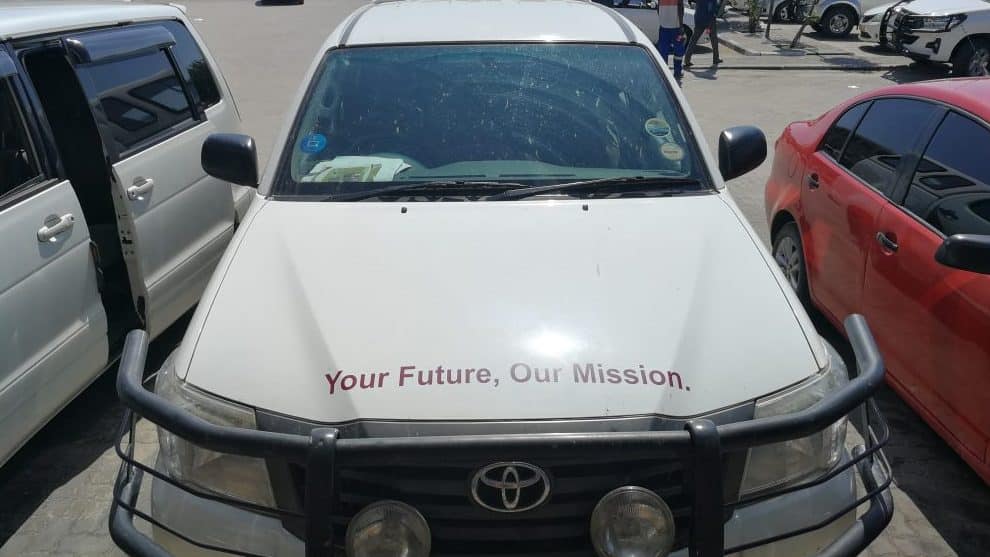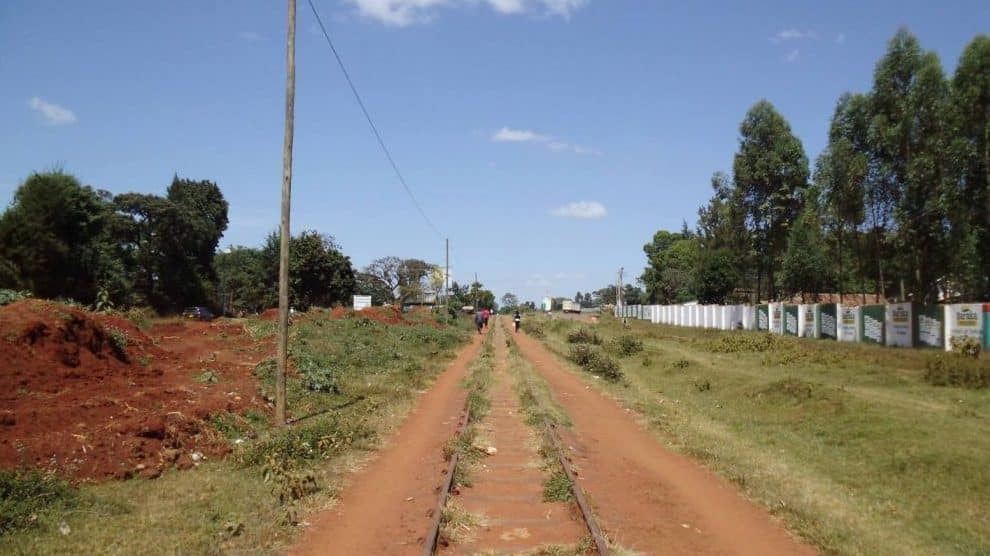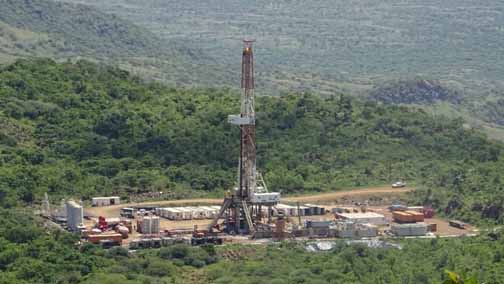by Matian van Soest
The Collaborative Research Center is structured in three project groups, each organized around a bridging concept that addresses specific aspects of social-ecological transformation and future-making: i.e., coupling, boundaries and linkages. They refer to different forms of intersections of social-ecological transformation and land-use change. The purpose of addressing these three concepts is to facilitate cooperation between natural and social sciences with the CRC for an interdisciplinary knowledge production on future-making in rural Africa. By using the bridging concepts as guidelines for different disciplinary perspectives, the specific research foci converge on the same (quality of an) object, phenomenon, or process – such as large-scale land-use change and social ecological transformation. In other words, the connecting and focusing function of the bridging concepts lies primarily in their capacity to create a bridge for the cooperation between different disciplinary projects.
Project group A studies the articulation of processes of coupling and de-coupling between social and ecological subsystems. Coupling refers to the mutual interaction and feedbacks between ecological, social and economic elements within defined systems. These coupling mechanisms become particularly relevant for social-ecological transformations when they cause environmental problems. The projects in this group contribute to questions of future-making with special reference to research on social-ecological systems. They explicitly refer to the concept of coupled social-ecological systems, where human and biophysical systems are closely linked (Ostrom 2009; McGinnis & Ostrom 2014). Integrated studies of coupled human and natural systems reveal new and complex patterns and processes not evident when studied separately by social or natural scientists (Lade et al. 2013; Rasch et al. 2016). They also exhibit nonlinear dynamics with thresholds, reciprocal feedback loops, time lags, resilience, heterogeneity, and surprises (Liu et al. 2007). Furthermore, past couplings have legacy effects on present conditions and future possibilities (Linstädter et al. 2016). The focus on coupling is motivated by an interest in social-ecological organization as a multidimensional phenomenon that combines material and symbolic processes. Social-ecological systems are coupled in a dual sense: on the one hand, material expressions of socio-cultural processes affect and are affected by ecological dynamics; on the other hand, coupled social-ecological material dynamics are concurrently coupled with subjective dynamics via coding, decoding, personal experience, and human agency (Manuel-Navarrete & Pelling 2015). In the CRCs research regions, we analyze multiple feedbacks between human and natural systems in agricultural intensification and in conservation areas.
The studies in the project group address specific examples of coupling, de-coupling and re-coupling processes between social and ecological subsystems of social-ecological systems that are triggered by large-scale land-use change. However, as contemporary social-ecological systems in rural Africa are inevitably “open” (Linstädter et al. 2016), cross-scalar interactions have also to be considered to a certain extent. It should be noted that the two major pathways of large-scale land-use change considered in this collaborative research center (intensification and conservation) are in themselves a cross-scalar (top-down) intervention. Focusing on both types of land-use change, A01 “Future Carbon Storage” explores key determinants of systemic coupling mechanisms between land-use decisions, carbon storage, and other ecosystem services provided by soil and vegetation. Cross-scalar effects of carbon finance instruments such as REDD+ are also considered on a local (SES) scale. Project A02 “Past Futures” studies historical examples of large-scale land-use change and their effect on social-ecological transformation. Project A03 “Agro Futures” investigates coupling processes between the physical conditions, social transformation, and potential disturbances related to the distribution of water, and the observed current and projected future land-use changes. This also comprises “de-coupling” that may occur when intensification measures are not in tune with resource availability or disregard (potentially conflicting) visions of involved stakeholders. Project A04 “Future conservation” studies the role of institutions in impacting coupling and recoupling processes in social-ecological systems located in conservation areas.
In the following months, we want to place the CRC’s blog under the banner of the concept of “coupling”. Researchers of the project group A will, over the course of the coming winter term, present preliminary results of their work and relate their findings to the concept of coupling and de-coupling. Doing so, we hope to stimulate a discussion that goes beyond the disciplinary boundaries of each sub-project, and present the reader with different disciplinary perspectives on processes of coupling in the context of future-making in rural Africa.
References
Ostrom, E. (2009). A general framework for analyzing sustainability of social-ecological systems. Science 325(5939): 419-422.
McGinnis, M. & Ostrom, E. (2014): Social-ecological system framework: initial changes and continuing challenges. Ecology and Society 19(2). Doi: 10.5751/ES-06387-190230.
Lade, S. J., Tavoni, A., Levin, S. A. & Schlüter, M. (2013): Regime shifts in a social-ecological system. Theoretical Ecology 6(3): 359-372.
Rasch, S., Heckelei, T., Oomen, R. J. & Naumann, C. (2016): Cooperation and collapse in a communal livestock production SES model – A case form South Africa. Environmental Modelling & Software 75: 402-413.
Liu, J., Dietz, T., Carpenter, S. R., Alberti, M., Folke, C., Moran, E., Pell, A. N., Deadman, P., Kratz, T., Lubchenco, J., Ostrom, E., Ouyang, Z., Provencher, W., Redman, C. L., Schneider, S. H. & Taylor, W. W. (2007): Complexity of coupled human and natural systems. Science 317(5844): 1513-1516.
Linstädter, A., Kuhn, A., Naumann, C., Rasch, S., Sandhage-Hofmann, A., Amelung, W., Jordaan, J., Du Preez, C. C. & Bollug, M. (2016): Assessing the resilience of a real-world social-ecological system: Lessons from a multi-disciplinary evaluation of a South African pastoral system. Ecology and Sosciety 21(3): Doi: 10.5751/ES-08737-210335.
Manuel-Navarrete, D. & Pelling, M. (2015): Subjectivity and the politics of transformation in response to development and environmental change. Global Environmental Change 35: 558-569.






